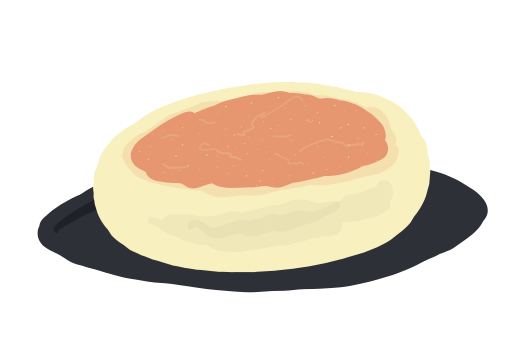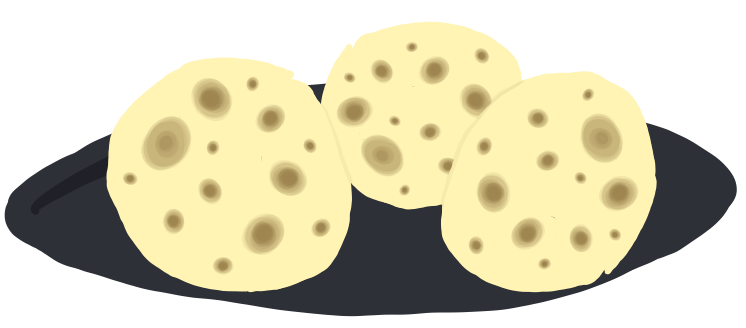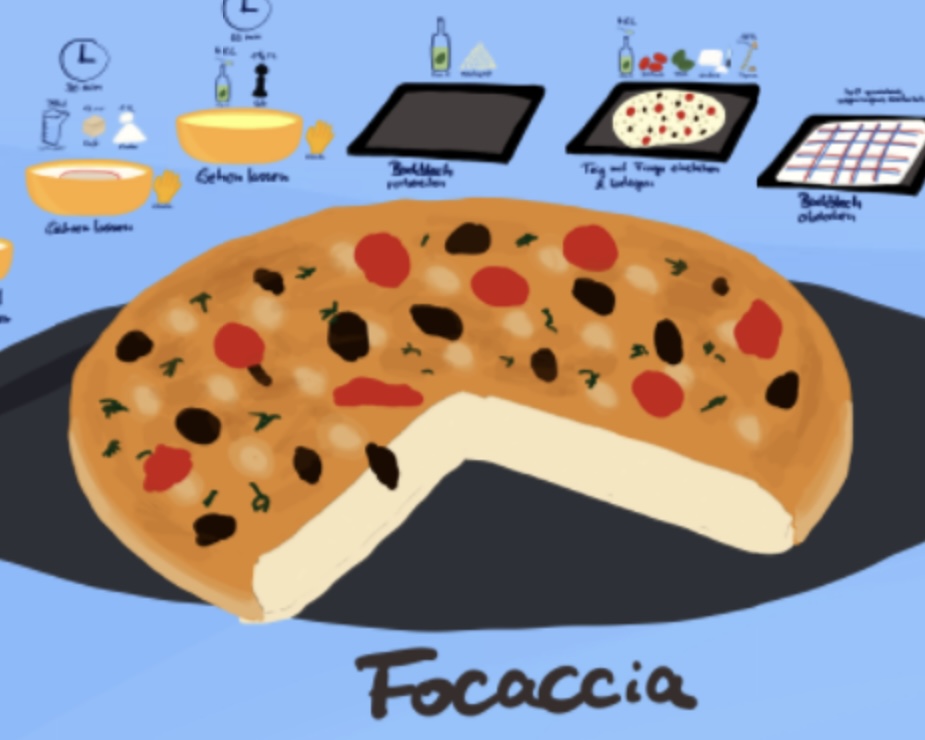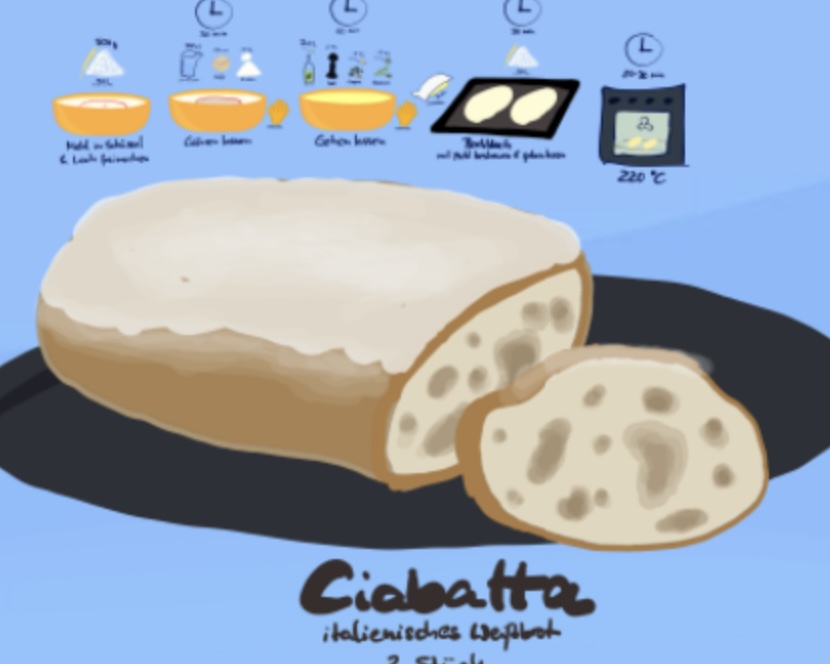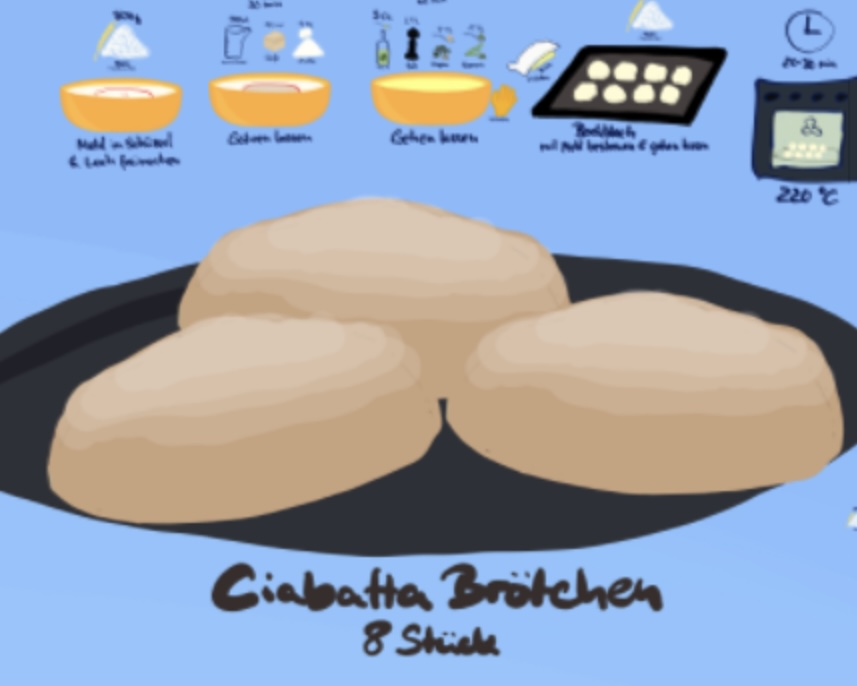Wheat-Rye Mixed Bread Recipe
Robust and flavorful, a perfect base for hearty sandwiches.Instructions: Tap the Map & Cook Along 👇
Wheat-Rye Mixed Bread: A Rustic Delight with a Hearty Twist
In the enchanting world of artisanal breads, where each loaf tells a story of tradition and craftsmanship, wheat-rye mixed bread stands out as a robust, flavorful staple. This bread combines the best of both grains, blending the mild, versatile appeal of wheat with the deep, earthy tones of rye. The result is a loaf that is not only delicious but also packed with nutrients, making it a perfect choice for those looking to add a rustic and hearty element to their bread basket. Let's explore the unique characteristics of wheat-rye mixed bread and discover why it deserves a special place in your baking repertoire.
The Best of Both Worlds: Wheat and Rye
Wheat-rye mixed bread offers a delightful compromise between the lightness of wheat bread and the density of rye. This type of bread typically uses a higher proportion of wheat flour to rye flour, which helps maintain a lighter texture while still incorporating the distinctive flavor of rye. The wheat flour provides the gluten structure necessary for the bread to rise, ensuring the loaf has a good crumb and soft interior. Rye, on the other hand, brings its unique properties to the mix. Rich in fiber and packed with a slightly sour note, rye flour adds complexity and depth to the bread’s flavor profile.
Crafting Your Loaf
Making wheat-rye mixed bread is an adventure in baking that allows for much creativity and variation. Start with choosing your flours. A common ratio is about two-thirds wheat flour to one-third rye flour, but this can be adjusted depending on how pronounced you want the rye flavor to be. Mixing these flours together with water, yeast, and salt forms the basic dough. For those who enjoy a bit more tang and depth, adding a sourdough starter instead of traditional yeast brings an additional layer of flavor and complexity.
The Benefits of Wheat-Rye Mixed Bread
This type of bread isn't just delicious; it's also nutritious. Rye is known for its high fiber content, which can help improve digestive health. It also contains a good amount of iron, potassium, and B vitamins. Wheat brings its own set of benefits, including providing more gluten, which gives the bread a lighter, airier texture than rye bread alone might have. The combination means you're getting a slice that is not only hearty and satisfying but also good for you.
Baking Tips for the Perfect Loaf
Achieving the perfect wheat-rye mixed bread involves a few key baking tips. First, because rye flour has a lower gluten content than wheat, handling the dough gently is crucial to avoid crushing the air pockets that contribute to the bread’s texture. Second, ensure that the dough is moist enough, as rye can absorb more water than wheat. Finally, a long, slow rise often benefits the flavors, allowing them to develop fully and giving the yeast or sourdough starter ample time to work through the heavier rye flour.
Serving and Pairing
Wheat-rye mixed bread is incredibly versatile in its uses. It pairs beautifully with a wide range of dishes—from slathering with butter and jam for a hearty breakfast to serving alongside a creamy soup or stew. Its robust texture and flavor also make it an excellent base for sandwiches, especially those with strong flavors like aged cheese or cured meats. Additionally, the slightly sour note of the rye makes it a perfect complement to smoked salmon or pickled foods.
Conclusion
Wheat-rye mixed bread is more than just another loaf; it's a wholesome, flavorful addition to any meal that bridges the gap between light wheat breads and dense rye ones. Whether you are a seasoned baker or just starting your bread-making journey, experimenting with this bread can be both rewarding and delicious. Bake a loaf of wheat-rye mixed bread today, and bring a taste of rustic, artisanal charm to your table.
